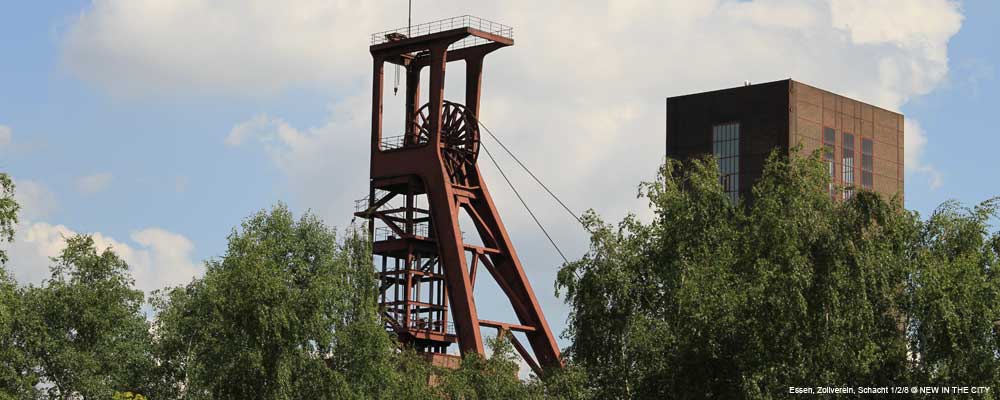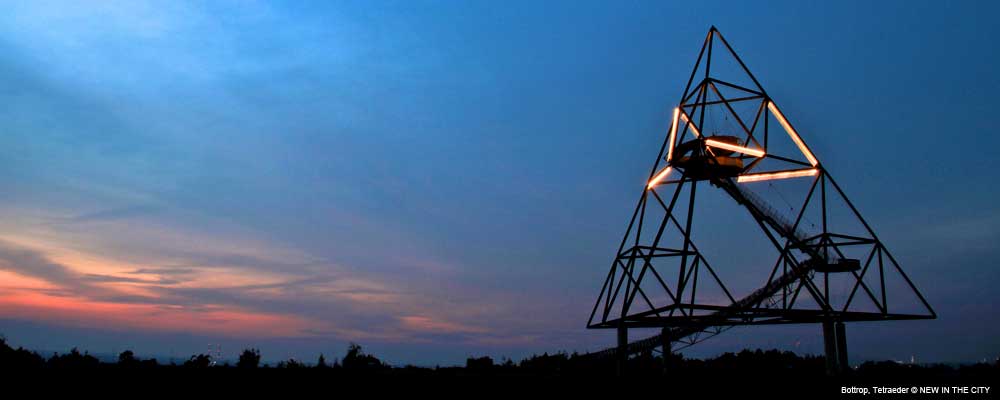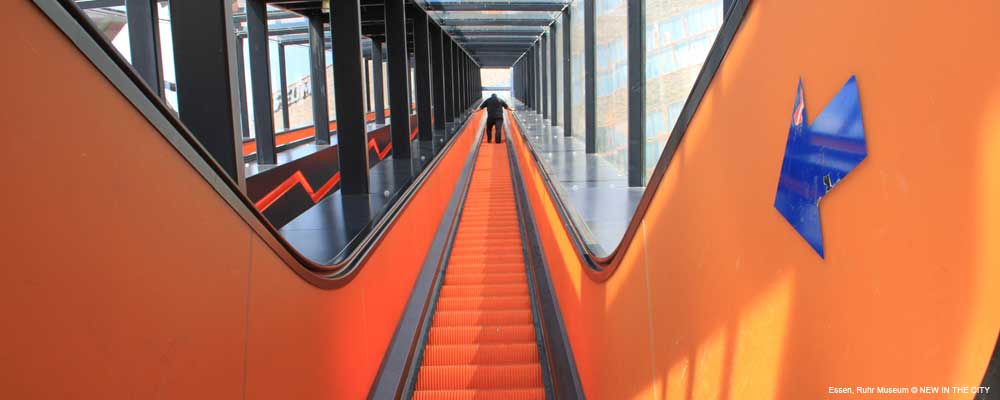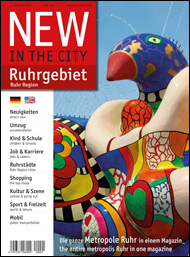Like so many developments in the Ruhr Region, the linguistic peculiarities and emergence of Ruhr German are associated with the growing industrialization starting in the mid-19th century.
The emigration of Polish workers and their massive influx from the four eastern provinces of the then-German Reich, Silesia, Poznan East Prussia and West Prussia, contributed significantly to the formation of a new language mixture.
But the previously spoken lower German dialect also found its way in the Ruhr German dialect, or more precisely, the regiolect, as Ruhr German is properly characterized from a linguistic standpoint.
The dialect’s especially striking linguistic features include the typical “dat” and “wat” (instead of “das” and “was”), progressive forms such as “am Essen” and “am Laufen,” or shortened words such as “hasse” and “bisse” (for “hast du” and “bist du”).
There is also a special vocabulary such “Malocher” (hard-working person), “Büdchen” (kiosk), or Mantaplatte (currywurst with fries and mayo).
See our short language lesson below for some expressions and phrases to help new “Ruhris” understand the locals.
›› www.ruhrgebietssprache.de






